Distance Learning: A Look Back and A Step Forward
Photo by Marine Savoure
April 21, 2020
“In the beginning, I thought this was a minor nuisance with not much potential to cause any large-scale problems. But after seeing the stock market experience its worst few weeks since the financial crisis in 2008, hundreds of thousands dying, countries declaring national emergencies and halting travel, I’ve begun to think this may be one of those once in a decade or even lifetime events that are talked about in textbooks.”
— Kai Hartman, ASIJ junior
With over 2.4 million cases and 165,000 deaths and counting, the highly contagious respiratory coronavirus known as Covid-19 is taking the world by storm. Social distancing has become the new normal, and schools around the world have transitioned to distance learning. Following the closure of ASIJ’s campus, the date of return was pro-actively adjusted several times before the momentous decision was announced: The ASIJ campus would remain closed for the rest of the school year.
The initial decision to close campus back in February was not an easy one to make.“It’s not like a fire and it’s not like Fukushima and 3/11. It’s not an observable physical threat. But you also can’t wait till someone in our community has COVID-19 because then you’re reacting too late,” explained high school principal Dr. Herzenberg.
Though the transition to distance learning was smooth, many were caught off guard by the rapid succession of events. “At first I had a panic attack,” shared junior Isabelle Goodman. “I was really worried about my grades and I had no idea what would happen for my extracurriculars, or for the SAT, or for APs.”
While adjusting to these new circumstances, many enjoyed the opportunity to create their own schedule. “I can now get my classes done, work out every day, practice golf, practice my music, read for pleasure, get good sleep, and relax. During school, I have to pick two or three and the rest might happen, but probably won’t,” said senior Solomon Kim.
Yet distance learning is not without its own challenges. It requires self-discipline, motivation, and concentration. It can be easy to fall behind and the same technology that enables distance learning also provides endless distractions. “I just miss my friends and the ability to go up to a teacher and be like, hey, I don’t understand what’s going on,” lamented Isabelle.

In this new situation devoid of normal social routine, we are all realizing how important our interactions are, not only for day to day life but also to our learning. “There’s something about a group of people consistently getting together in a physical space that online interactions can’t capture,” explained English teacher Ms. Ghadimi. Comparing campus to an eerie ghost ship, Dr. Herzenberg finds that this situation “Makes one reflect deeply on what is it that motivates us. And for me, the interaction with students and faculty is my source of energy.”
The prolongation of campus closure has added a new dimension of complexity to our year. As the worlds of home and school continue to merge, the constraints of distance learning are no longer temporary. “There’s an issue of not knowing how to relax now… And then there’s the opposite problem of ‘I feel like I have all the time in the world’ but then you actually sit down and you’re like, ‘Oh god, I’m so behind,’” reflected Isabelle.
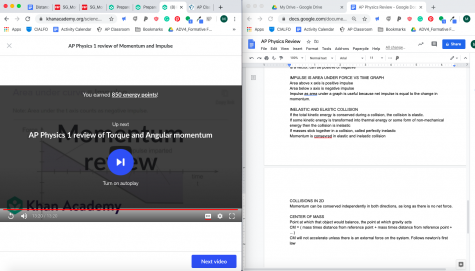
For seniors especially, this closure means the class of 2020 will have a unique send-off. “Throughout high school, I was looking forward to this semester the most and within a quick snap, I got robbed of the moment I deserved,” shared senior Um Chaivaivid.
Recalibration is once again necessary for faculty as well, addressing difficult questions such as assessment opportunities and continued student engagement. Both teachers and administration are faced with the difficulty of managing expectations and finding a solution that fits as many students as possible. “The weight of the decisions is not lost on me, especially because any decision that we make to address the loss of classroom interaction or senior experience isn’t going to take away the loss,” said Dr. Herzenberg. “This is not ideal but we have to push through, because what else can we do?” added Ms. Ghadimi.
To help create the best solution possible for the ASIJ community, feedback from surveys has been an essential part of the conversation. “We really read every comment. We compare week on week, we triangulate data from the parents, the faculty, the students,” emphasized Dr. Herzenberg. “Every shift we make is tied to the student data telling us ‘what we need is… .’”
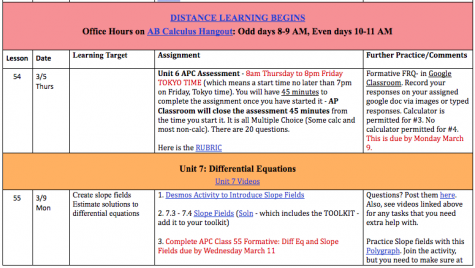
The latest version of the distance learning plan continues to encourage a more synchronous school day. Classes now start at 9, the eight day rotation cycle has been simplified, and a community day has been added. Taking into consideration change-fatigue, Dr. Herzenberg confirmed “I don’t foresee any kind of bigger, massive changes for the remainder of the year, unless something happens or we hear something pretty resounding from students, faculty, and parents. We’re hoping that this will meet the majority of people’s needs.”

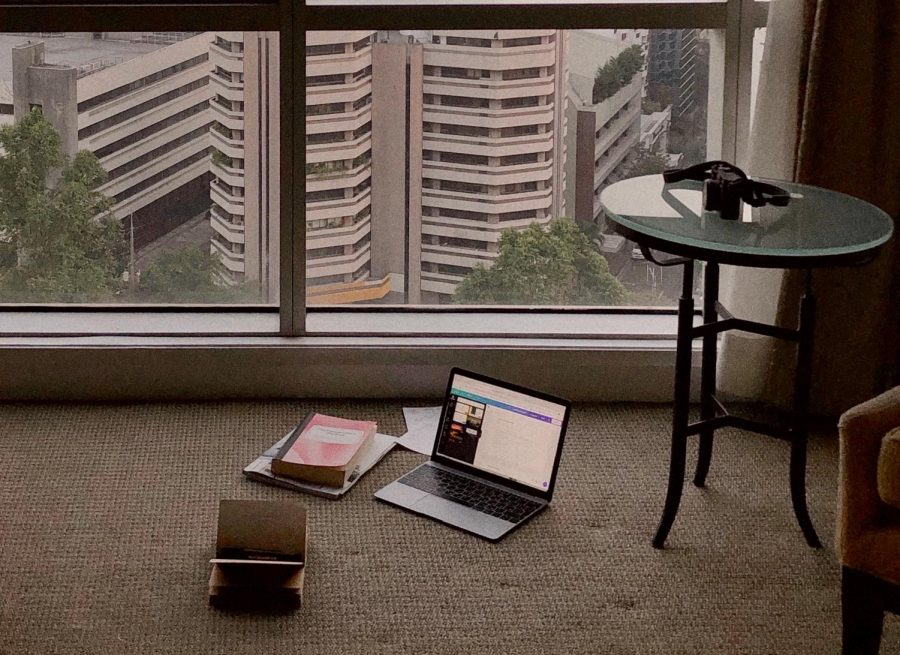
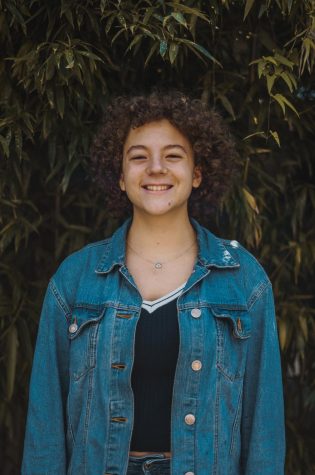



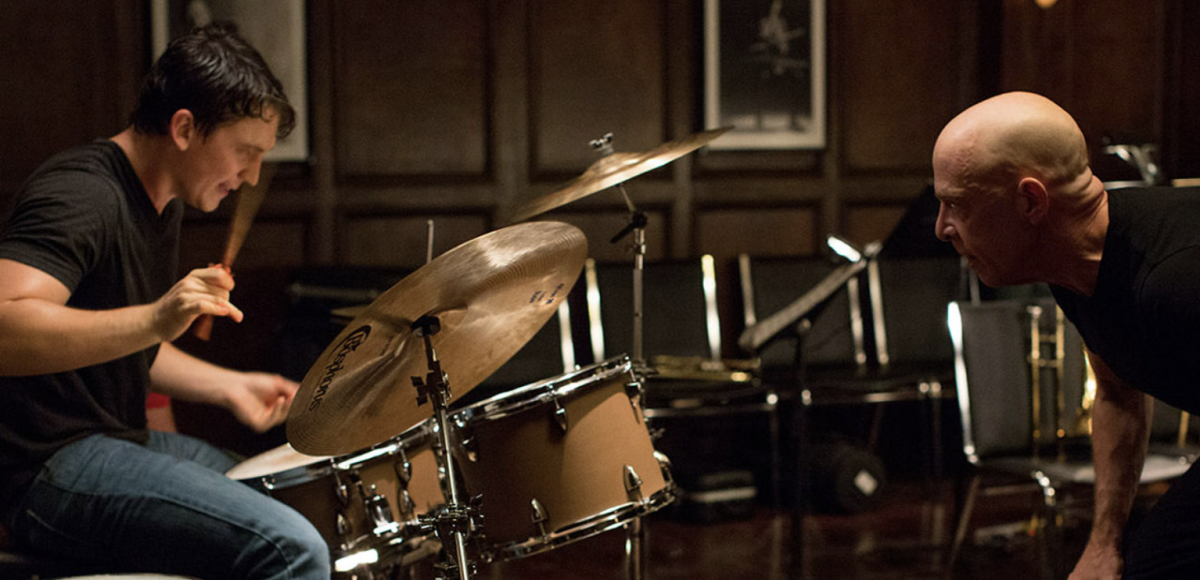





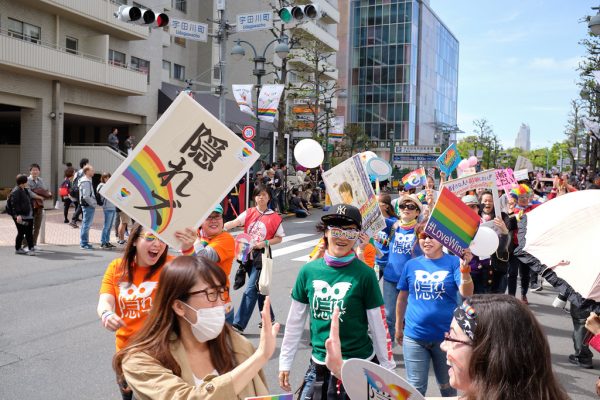



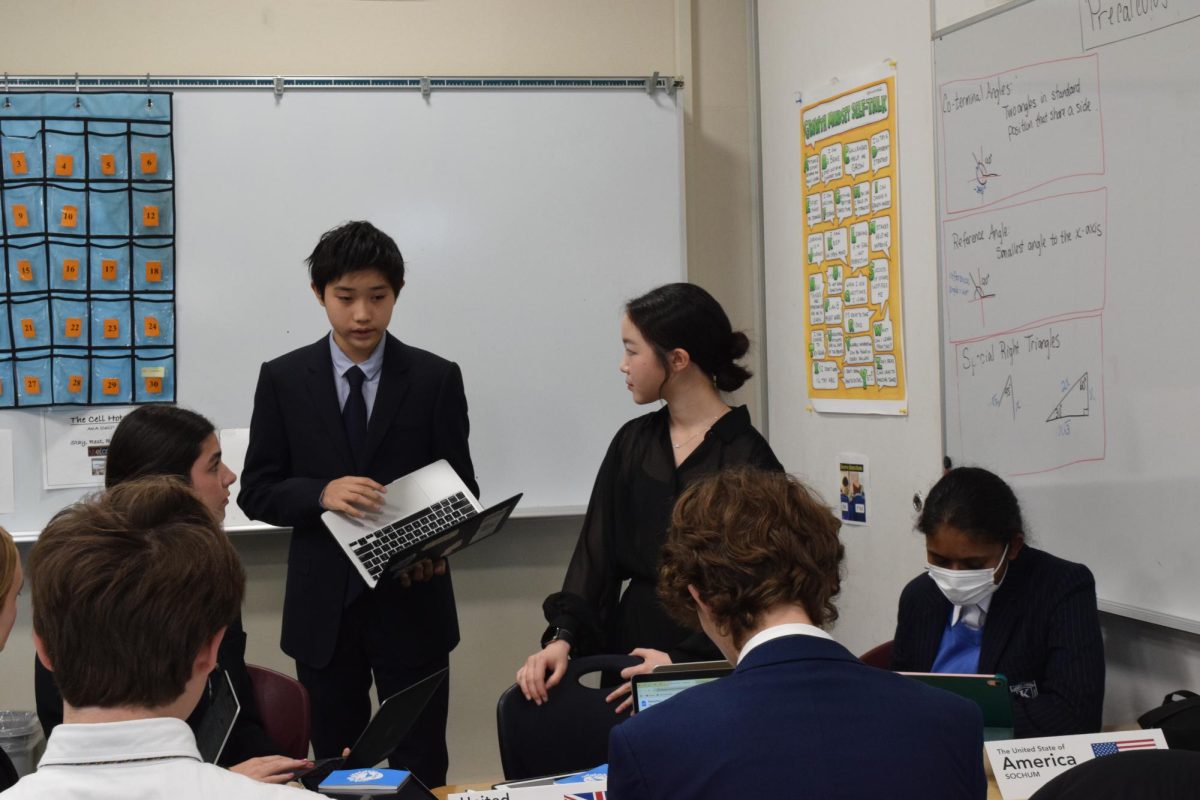
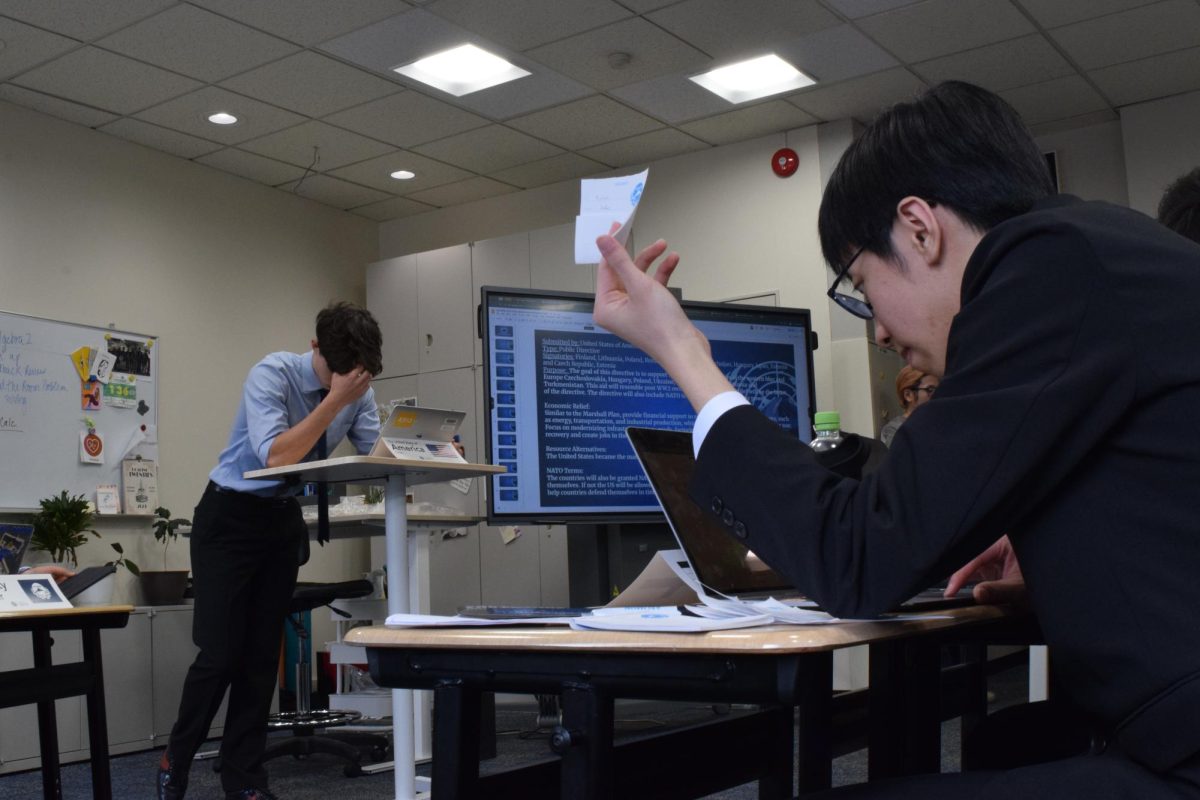
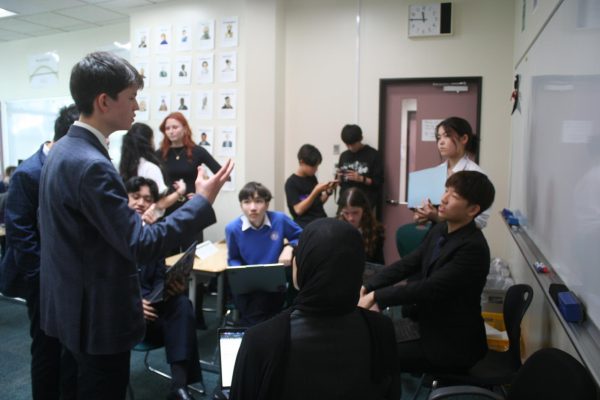

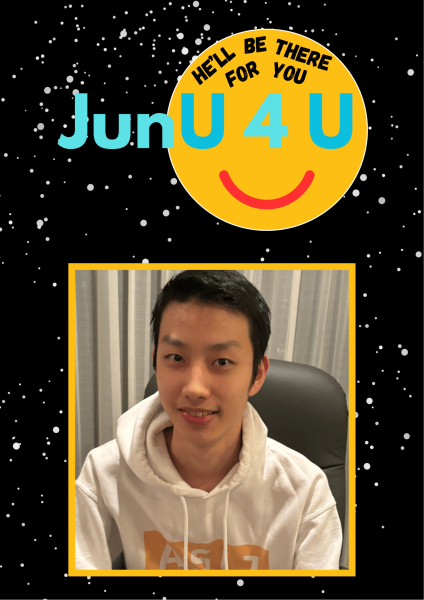
Mrs. Bennett • Apr 27, 2020 at 4:00 PM
Thank you for this article Marine. For a few minutes, it brought me back into the life of students. This is what I so miss! I could really identify with the following quote: “There’s an issue of not knowing how to relax now… And then there’s the opposite problem of ‘I feel like I have all the time in the world’ but then you actually sit down and you’re like, ‘Oh god, I’m so behind.’”